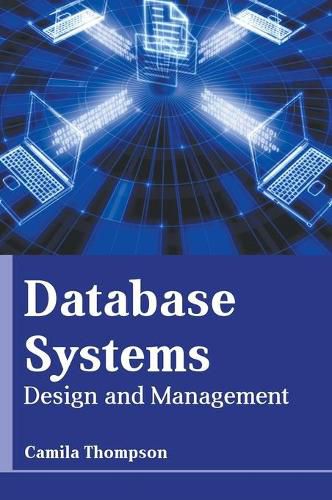Readings Newsletter
Become a Readings Member to make your shopping experience even easier.
Sign in or sign up for free!
You’re not far away from qualifying for FREE standard shipping within Australia
You’ve qualified for FREE standard shipping within Australia
The cart is loading…






A database refers to systematic collection of data which is stored and can be accessed electronically. The software system that allows users to create, define and maintain this database is known as database management system. It collectively defines database, database model and database management system. It is used to manage internal operations of organizations and determine online interactions with suppliers and customers. They are categorized on the basis of the database model they support, the types of systems they run on, the language used to access it and on their internal engineering. The different types of databases are in-memory database, cloud database, deductive database, document-oriented database, federated database system, active database and data warehouses. Database systems are used in areas such as flight reservation systems, content management systems, library systems and computerized parts inventory systems. The topics covered in this extensive book deal with the core concepts related to database systems. Such selected concepts that redefine this discipline have been presented herein. The book is appropriate for those seeking detailed information in this area.
$9.00 standard shipping within Australia
FREE standard shipping within Australia for orders over $100.00
Express & International shipping calculated at checkout
A database refers to systematic collection of data which is stored and can be accessed electronically. The software system that allows users to create, define and maintain this database is known as database management system. It collectively defines database, database model and database management system. It is used to manage internal operations of organizations and determine online interactions with suppliers and customers. They are categorized on the basis of the database model they support, the types of systems they run on, the language used to access it and on their internal engineering. The different types of databases are in-memory database, cloud database, deductive database, document-oriented database, federated database system, active database and data warehouses. Database systems are used in areas such as flight reservation systems, content management systems, library systems and computerized parts inventory systems. The topics covered in this extensive book deal with the core concepts related to database systems. Such selected concepts that redefine this discipline have been presented herein. The book is appropriate for those seeking detailed information in this area.